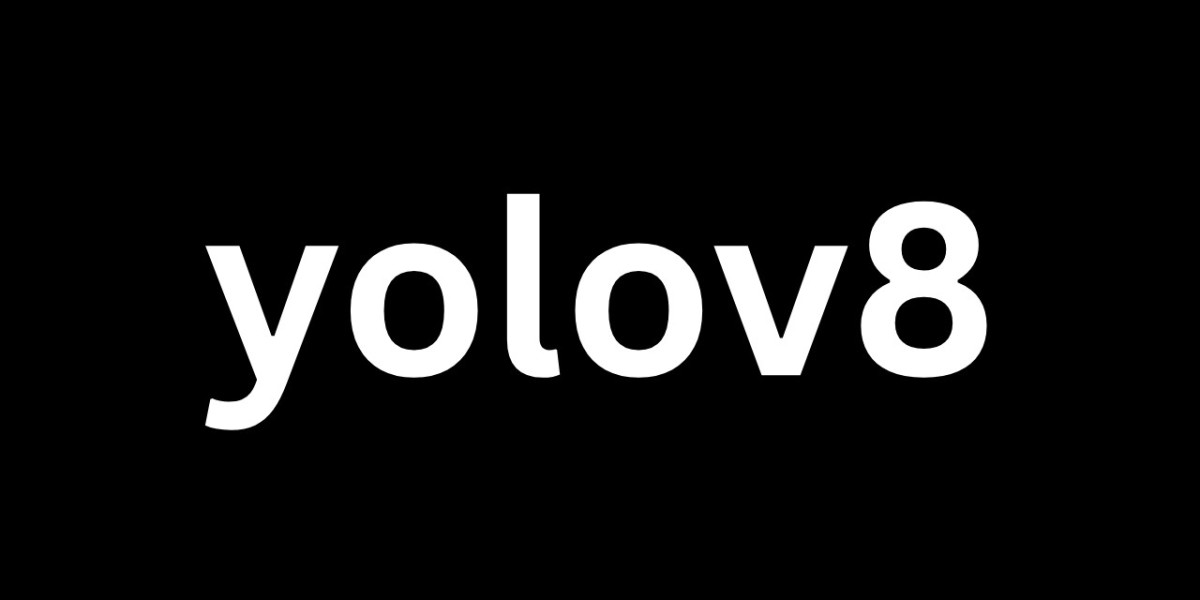Common warts are small, rough skin growths caused by certain strains of the human papillomavirus (HPV). Though typically harmless, these warts can be persistent, contagious, and aesthetically undesirable. In recent years, advancements in dermatology have made Warts Removal in Islamabad more effective, accessible, and tailored to individual needs. This comprehensive guide will walk you through the causes, treatment options, prevention tips, and expert care available for common warts in the capital city.
Understanding Common Warts
Common warts most frequently appear on the hands and fingers but can also occur elsewhere. These warts are:
Dome-shaped with a rough texture
Greyish or skin-colored
Often sprinkled with tiny black dots (clotted blood vessels)
HPV spreads through direct contact with an infected person or surface. Factors such as broken skin, compromised immunity, and frequent exposure to moist environments increase susceptibility.
Why Timely Treatment Matters
While some warts may eventually disappear without intervention, others persist for years or spread across the body. Here’s why early treatment is essential:
Prevents Spread: Warts can multiply on the same body or infect others.
Reduces Discomfort: Painful warts on fingers or joints can interfere with daily tasks.
Improves Aesthetics: Visible warts affect confidence and appearance.
Avoids Complications: Scratching or picking warts can lead to infections or scarring.
Prompt, professional removal ensures effective and hygienic results without risking further complications.
Top Methods for Treating Common Warts in Islamabad
Islamabad’s dermatology clinics offer a variety of evidence-based treatments. The ideal method depends on factors like wart size, location, patient age, and medical history.
1. Cryotherapy
This technique freezes the wart using liquid nitrogen, leading to blistering and shedding of the infected skin.
Best for: Small to medium-sized warts
Sessions: 2–4 typically needed
Recovery: 1–2 weeks per session
Cryotherapy is widely practiced across Islamabad due to its reliability and relatively low cost.
2. Laser Therapy
High-intensity laser beams destroy the blood vessels feeding the wart, causing it to die and fall off.
Best for: Stubborn or deep-rooted warts
Advantages: Precise and fast
Considerations: May require anesthesia
Laser wart removal is popular in premium clinics in sectors like F-7, F-10, and G-11.
3. Electrosurgery
This method burns off wart tissue using electric current and may be combined with curettage (scraping).
Effective for: Large or thick warts
Results: Immediate removal
Downtime: Minimal, but minor wound care needed
Electrosurgery is particularly effective for long-standing warts that haven’t responded to other treatments.
4. Topical Prescription Treatments
Common options include:
Salicylic acid: Dissolves wart tissue layer by layer.
Imiquimod cream: Boosts the body’s immune response.
Cantharidin: Applied in-clinic to cause blistering and removal.
Topical treatments are ideal for those seeking non-invasive, at-home options under medical supervision.
5. Minor Surgical Excision
The wart is cut out using sterile tools under local anesthesia.
Used for: Resistant or unusually large warts
Outcome: Immediate physical removal
Risk: May leave a scar
Surgical methods are often reserved for cases where conservative treatments fail.
Innovative and Less Common Approaches
Islamabad clinics are increasingly incorporating newer methods for enhanced results:
Radiofrequency Ablation: Targets wart tissue with high-frequency waves, causing minimal damage to surrounding skin.
Photodynamic Therapy: Uses light and photosensitizers to selectively kill wart cells.
Immunotherapy Injections: Stimulates the immune system internally to fight HPV.
These methods are typically recommended for recurrent or treatment-resistant warts.
Choosing the Right Clinic in Islamabad
Several reputable clinics in Islamabad specialize in wart treatment. Here's what to consider when selecting one:
Certification: Ensure the dermatologist is registered with the Pakistan Medical and Dental Council (PMDC).
Technology: Choose a clinic with updated tools and treatment options.
Patient Reviews: Look for consistently positive feedback.
Consultation Protocol: A thorough skin assessment should precede treatment.
Hygiene Standards: High safety and sterilization protocols are a must.
Areas like Blue Area, Bahria Town, F-6, and DHA Phase II host many established skincare facilities.
Cost of Common Wart Treatments
Costs can vary based on the clinic, treatment type, and the number of sessions required. Here’s an estimated breakdown:
Cryotherapy: PKR 2,000–5,000 per session
Laser Therapy: PKR 6,000–12,000 per wart
Electrosurgery: PKR 5,000–10,000
Prescription Creams: PKR 800–3,000
Clinics often offer bundled packages or consultation discounts for multiple warts or follow-up care.
Aftercare Tips for Treated Warts
Regardless of the method chosen, post-treatment care plays a critical role in healing and preventing recurrence:
Keep the area clean and dry
Avoid scratching or picking at the treated spot
Apply antibiotic creams if prescribed
Avoid shared towels, razors, or footwear
Follow up with the dermatologist if any complications arise
Most patients recover within 1–2 weeks, depending on the treatment intensity.
Preventing Future Warts
Though not always avoidable, the following measures reduce the risk of wart recurrence:
Wash hands regularly
Avoid biting nails or picking at cuticles
Keep feet dry and change socks daily
Wear slippers in public showers or pools
Strengthen immunity through healthy nutrition and adequate sleep
Teaching children proper hygiene is especially important, as they are more prone to common warts.
Myths About Warts Debunked
Myth 1: Warts have roots.
Fact: Warts grow from the top layer of skin and have no roots.
Myth 2: Warts are caused by frogs or toads.
Fact: Warts are viral, not amphibian-related.
Myth 3: You should cut off a wart yourself.
Fact: DIY removal can cause infection and scarring.
Educating yourself about these misconceptions helps in making informed treatment decisions.
Common Questions from Patients
Q: Can common warts go away on their own?
Yes, but it may take months or even years. Treatment speeds up the process and prevents spread.
Q: Are wart treatments safe for children?
Yes, especially non-invasive options like cryotherapy or topical agents under professional guidance.
Q: Do warts return after treatment?
Possibly, especially if HPV remains active in the skin. Preventive care reduces the likelihood.
Q: Is wart removal painful?
Mild discomfort may occur, especially with freezing or burning methods. Numbing agents help ease the process.
Q: Can I treat multiple warts at once?
Yes. Clinics usually offer comprehensive treatment plans for multiple affected areas.






